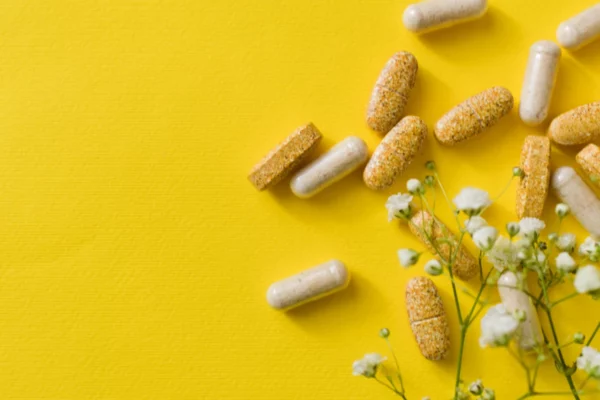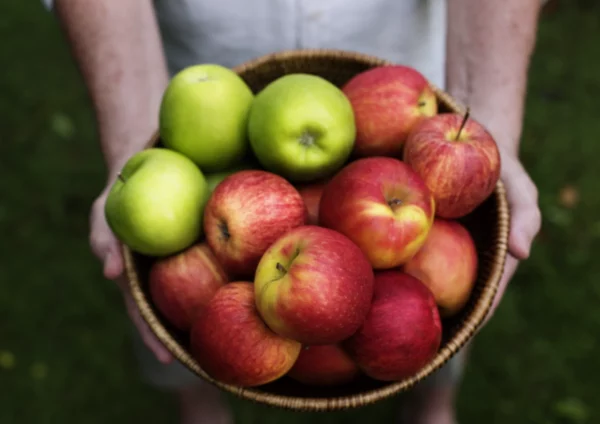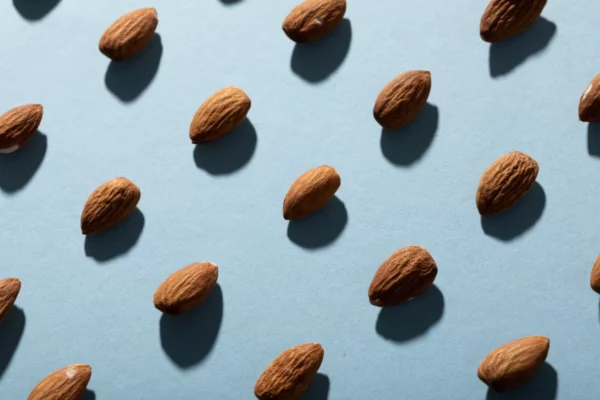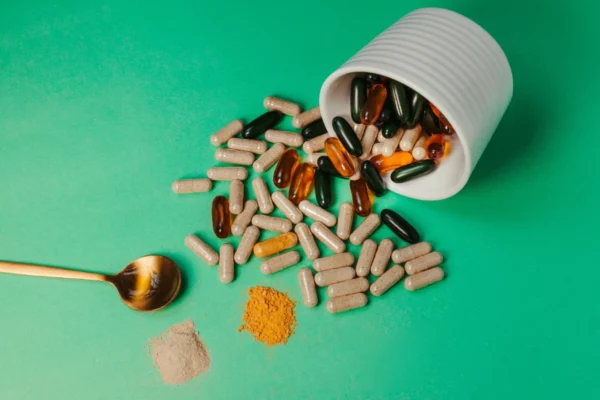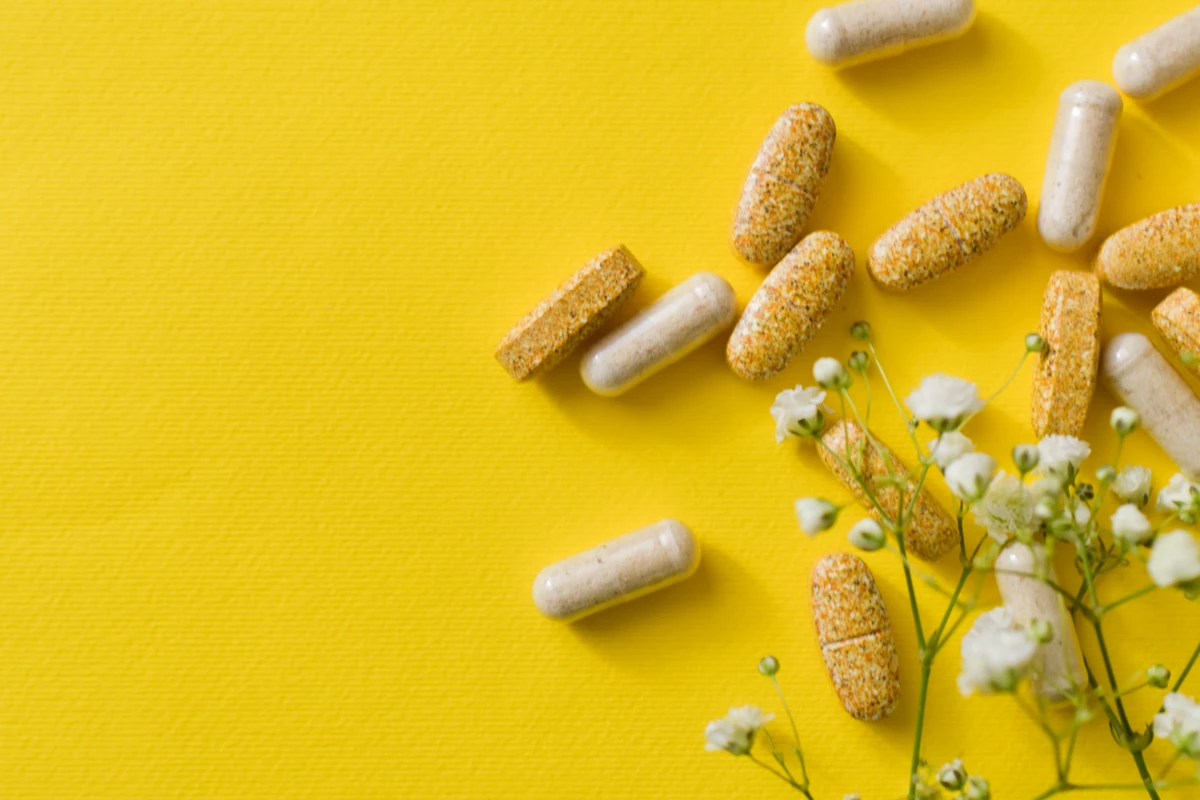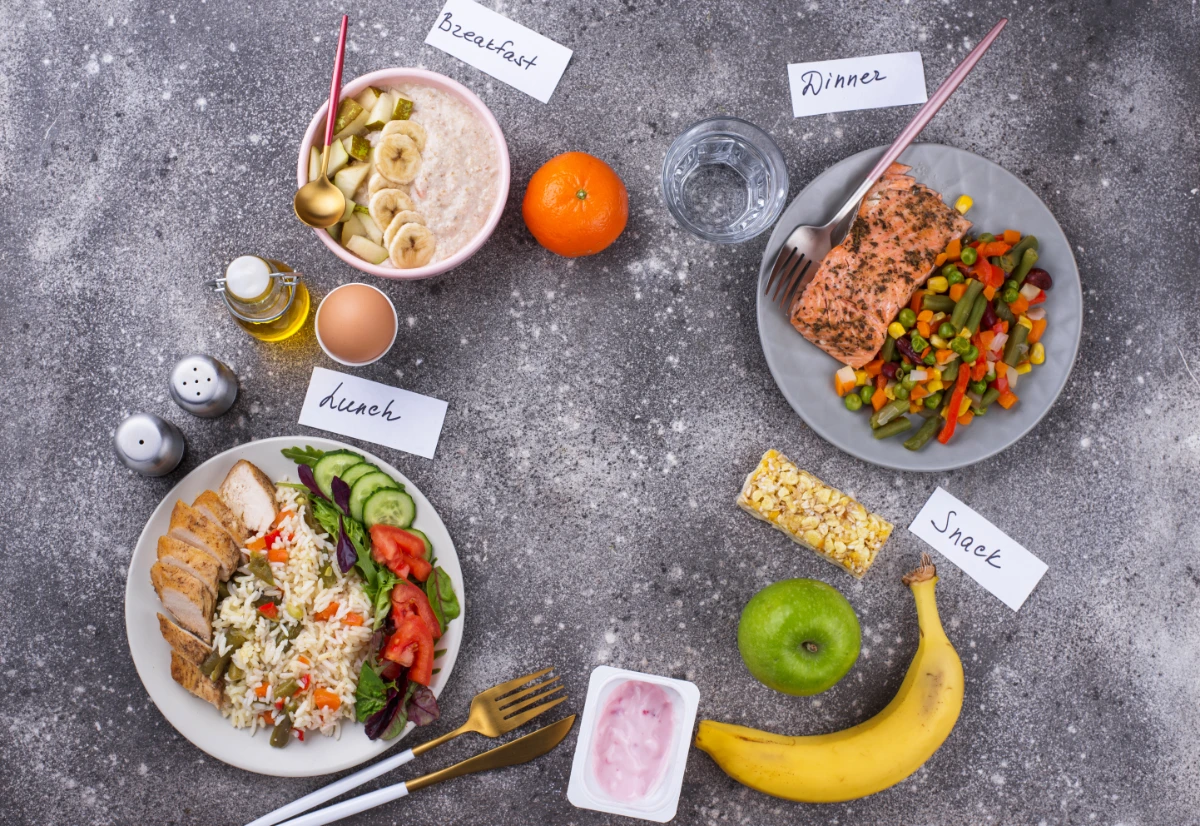Introduction
Beans, a cornerstone of a high-fiber diet, offer numerous health benefits. When considering the inclusion of beans in our daily meals, two common options come to mind: Pinto and Black Beans. These beans are popular in various cultures, offering distinct flavors, textures, and health advantages. This article aims to explore the differences between these two types of beans.
Pinto vs Black Beans: Nutritional Differences
Pinto and Black beans are considered nutritional powerhouses, loaded with essential vitamins, fiber, proteins, and essential B vitamins, making them valuable components of a balanced diet, especially in plant-based and health-conscious meal plans.
Their differences are minor, but they can affect personal preferences and specific nutritional needs. For the most accurate information tailored to a particular brand or preparation method, it’s advisable to refer to the nutrition facts on the product packaging or consult with a nutritionist.
Nutritional Content
- Grams of Protein: Both types are excellent protein sources; pinto beans offer around 9.1 grams of protein per 100-gram serving.
- Grams of Fiber: Pinto beans are a high-fiber food, with about 9 grams of fiber.
- Grams of Fat: Relatively low, with less than 1 gram of fat per serving.
- Essential Amino Acids: Present in both types, important for vegan diets.
- B Vitamins: Including vitamins B and C are crucial for overall health.
- Nutrient Content: Both beans are a great source of complex carbohydrates and other essential vitamins.
Below is a table comparing the macronutrient and vitamin profiles of Black and Pinto beans. 100g typically represents 2/3 of a standard cup serving of cooked beans.
| Nutrient | Black Beans(100g) | Pinto Beans(100g) |
|---|---|---|
| Protein (grams) | 8.86 | 9.1 |
| Fiber (grams) | 8.7 | 9.0 |
| Fat (grams) | 0.54 | 0.65 |
| Carbohydrates (grams) | 23.7 | 26.2 |
| Sugars (grams) | 0.32 | 0.34 |
| Vitamin B1 (Thiamin) | 0.244 mg | 0.193 mg |
| Vitamin B2 (Riboflavin) | 0.559 mg | 0.062 mg |
| Vitamin B3 (Niacin) | 0.505 mg | 0.318 mg |
| Vitamin B6 | 0.069 mg | 0.229 mg |
| Vitamin C | 0 mg | 0.8 mg |
| Folate | 149 mcg | 172 mcg |
| Magnesium | 70 mg | 50 mg |
| Zinc | 1.12 mg | 0.98 mg |
| Potassium | 355 mg | 436 mg |
| Copper | 0.209 mg | 0.219 mg |
| Iron | 2.1 mg | 2.09 mg |
You can also explore the power of whole grains like spelt and quinoa to complement the fiber content in these beans.
Pinto vs Black Beans: Taste and Texture
Flavor Profiles
- Pinto Beans: Often described as earthy and nutty, these beans are a staple in Mexican dishes. For a full breakfast experience, consider learning how to make overnight oats, another excellent source of fiber.
- Black Beans: More robust and sweet, Black beans are widely used in Latin American cuisine.
| Bean Type | Texture | Preferred Culinary Uses |
|---|---|---|
| Pinto Beans | Creamy | Mexican dishes, casseroles |
| Black Beans | Firm | Soups, salads, Latin American dishes |
In your culinary adventures, it’s important to note the role of fiber in weight management. Beans play a crucial role, whether it’s soluble fiber helping you lose weight or exploring the potential of fiber as a natural GLP-1 agonist for weight loss.
Remember to visit High Fiber Health for more insights on fiber-rich foods, including beans, legumes, and ancient grains. For those considering a transition to a high-fiber diet, don't miss our guide on how long it takes for your body to adjust.
Pinto vs Black Beans: Appearance and Color
When it comes to appearance, both Pinto and Black beans have unique characteristics:
Pinto Beans

- Oval Shape: Known for its unique shape, it is popular in South and Central America.
- Color: These beans are characterized by a beige color with brown specks. Their name ‘pinto’ translates to ‘painted’ in Spanish, reflecting their mottled appearance.
- Refried Beans: A staple in Mexican cooking, providing a creamy texture.
- Gallo Pinto: A famous Costa Rican dish mixing Pinto beans with white rice.
- Phaseolus Vulgaris: The scientific name for common beans, including Pinto.
Black Beans
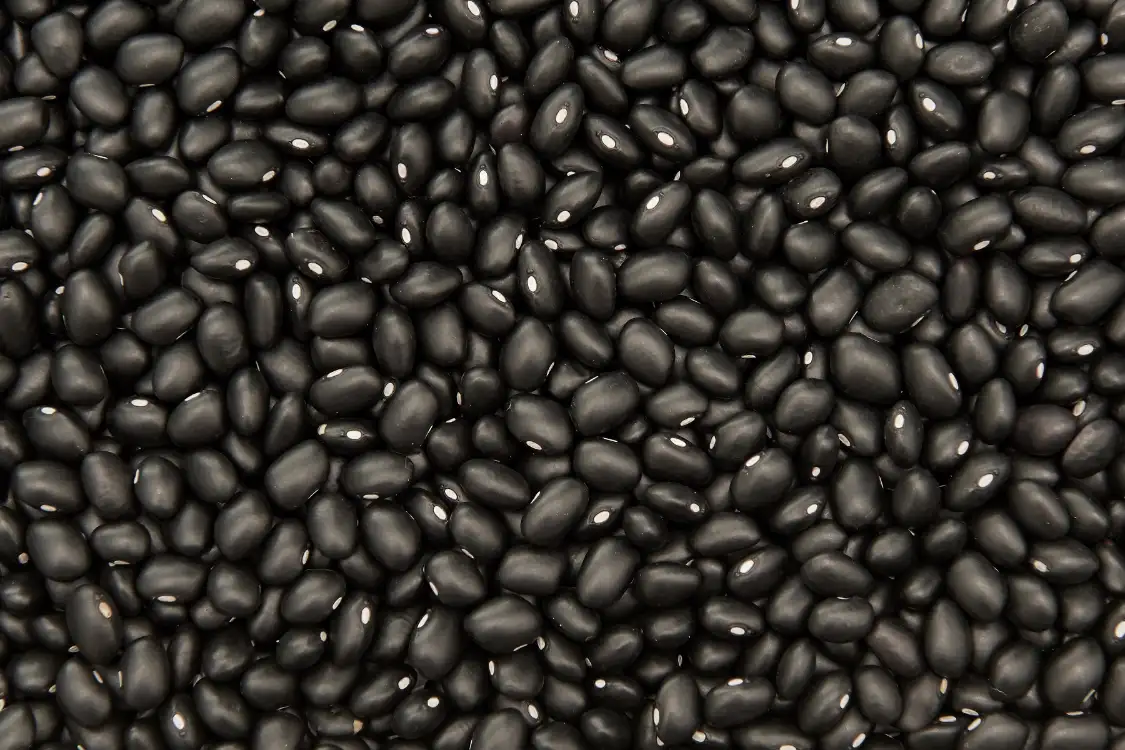
- Shape: With a slightly less pronounced boat shape than kidney beans
- Color: Black beans have a satiny black skin and a white center, giving them a bold, striking look.
- Black Turtle Beans: A specific variety with a firmer texture, popular in Caribbean dishes.
- Origins of Black Beans: They have deep roots in South American cultures, including Brazil.
- Black Bean Soup and Black Bean Burgers: Both popular dishes in the United States, utilizing the nutty flavor of Black beans.
- Varieties of Black Beans: Many variations exist, providing various cooking options.
Color Variations
- Pinto Beans: Change to a brownish-pink color when cooked.
- Black Beans: Maintain their dark color even after cooking.
| Bean Type | Raw Appearance | Cooked Appearance |
|---|---|---|
| Pinto Beans | Beige with specks | Brownish-pink |
| Black Beans | Black | Dark black |
Pinto vs Black Beans: Health Benefits
Beans are more than just a tasty addition to your meals; they offer many health benefits and some concerns to be aware of.
Positive Health Effects
- Blood Sugar Levels: The high fiber content of beans helps stabilize blood sugar levels.
- Risk of Heart Disease: Their nutrient content may aid in lowering blood pressure and heart disease risk through their positive impact on cholesterol levels. The American Heart Association supports this.
- High Protein Levels: Making them great protein sources, especially for plant-based diets.
- Digestive Health: Both beans support gut health due to their fiber content.
- Skin Benefits: A high-fiber diet promotes healthy skin by aiding in detoxification.
- Weight Management: As part of a balanced diet, beans help control weight through the benefits of soluble fiber.
Don’t forget to check out our 13 best plant-based fiber supplements for health to add an extra boost to your fiber intake.
Potential Concerns or Risks
- Digestive Issues: Some individuals may experience bloating or gas, which can often be mitigated by introducing beans gradually to your diet or using fiber supplements that provide rapid results.
- Lectins: Beans contain lectins that can be harmful if consumed in large quantities. Learn more about how to remove lectins from lentils and beans quickly.
Pinto Vs. Black Beans: Culinary Uses and Preferences
Pinto and Black beans are both versatile in the kitchen, offering distinct textures and flavors:
Popular Dishes for Pinto Beans
- Mexican Cuisine: From burritos to enchiladas, Pinto beans are versatile.
- Salads: Add them to salads for extra texture and flavor.
- Casseroles: Create delicious casseroles by pairing them with whole grains like oats.
Popular Dishes for Black Beans
- Brazilian Feijoada: A traditional Brazilian stew.
- Soups and Stews: Black beans add depth to soups.
- Salads: Mix with ancient grains for a nutritious meal.
Cooking Preferences
- Cooking Method: Options include using a slow cooker or Instant Pot, making them a great addition to any favorite recipes.
- Creamy vs Firmer Texture: Pinto has a soft texture, while Black beans offer a more substantial feel.
- Side Dish or Main Course: Serve as a side dish or incorporate them into complex meals like black bean soup.
Pairing Suggestions
- Pinto Beans: Pair well with rice, spelt, and spices like cumin.
- Black Beans: Complement dishes with quinoa, peppers, and tropical fruits.
Storage and Preparation
- Airtight Container: Store dry beans at room temperature for freshness.
- Cold Water: Utilize for soaking both beans, an essential part of the cooking process.
Table of Preferred Cooking Methods
| Bean Type | Boiling Time | Preferred Cooking Methods |
|---|---|---|
| Pinto Beans | 2-3 hours | Stewing, mashing |
| Black Beans | 1.5-2 hours | Simmering, pureeing |
Pinto vs Black Beans: Economic Factors
Economic considerations play a crucial role in our food choices, and both Pinto and Black beans have different economic dynamics:
Cost Comparison
- Pinto Beans: Generally more affordable and widely available.
- Black Beans: Slightly more expensive due to their rich flavor and nutritional profile.
For those looking to balance cost and nutrition, consider our 50 high-fiber foods for optimal health.
Economic Impact
- Pinto Beans: are a significant staple in various Latin American countries.
- Black Beans: Predominant in Caribbean and Brazilian cuisines.
Pinto vs Black Beans: Environmental Considerations
Both types of beans have environmental implications that are worth examining:
Water Usage
- Pinto Beans: Require a moderate amount of water to grow.
- Black Beans: Similar to Pinto beans in terms of water requirements.
Carbon Footprint
- Pinto Beans: Lower carbon footprint as compared to animal proteins.
- Black Beans: Also environmentally friendly, reducing greenhouse gas emissions.
Sustainability Tips
- Buy Local: Supports local farmers and reduces transportation emissions.
- Use Organic Options: Organic beans minimize the use of harmful chemicals.
Are you transitioning to a high-fiber diet? Learn how long it really takes for your body to adjust and start your journey today!
Personal Preferences and Taste Profiles
Every individual’s preference for beans will differ based on taste, texture, and culinary uses:
Flavor Profile
- Pinto Beans: Mild and creamy, versatile for various recipes.
- Black Beans: Rich and earthy flavor, used in robust dishes.
Texture Differences
- Pinto Beans: Soft and blendable, perfect for mashing.
- Black Beans: Hold their shape well, great for salads and stews.
Conclusion: Making the Right Choice
Pinto and Black beans are among the most popular legumes and varieties of black beans in parts of the world, including the United States. They are both cost-effective, available in most grocery stores, and an excellent choice for those seeking the healthiest beans.
In the great debate of Pinto vs Black beans, the winner truly depends on your preferences, culinary creativity, and nutritional needs. Both options bring unique flavors, textures, and benefits to the table, enriching our meals and well-being. Explore, enjoy, and enrich your meals with these excellent protein, fiber, and flavor sources. Happy cooking!
If you’re concerned about overdoing it, explore whether too much fiber is a real concern or how long it might take for fiber supplements to work.
Happy bean exploring, and don’t forget to experiment with various high-fiber grains and bean recipes for a fulfilling and healthful eating experience.

